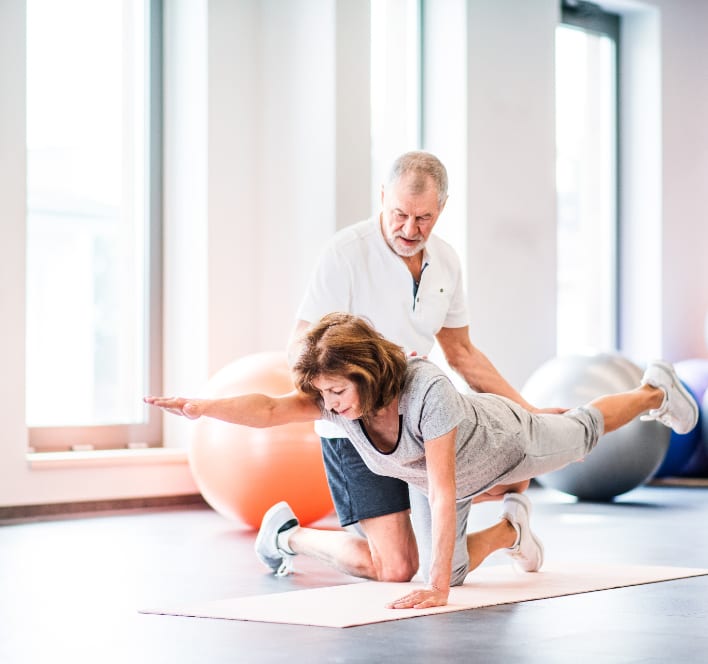At NJ Spine & Orthopedic, we offer the latest technology in laser spine surgeries to treat various back conditions. However, our back doctors will always try conservative healing methods, such as physical therapy or medication, before offering surgery.
Laser spine surgery is minimally invasive, meaning that it’s not as painful as traditional open procedures. However, that does not mean you should be careless when recovering. You must still give your body time to rest and heal before going about daily activities again. Here are five tips for recovering from your laser spine surgery.
Maintain a Healthy Diet
Establish a well-balanced, low-fat diet that is rich in fresh vegetables and fruit. Since you will be less active in your recovery, try to avoid high-calorie and fattening foods. Maintaining a healthy diet is vital to a successful recovery. Additionally, adhering to a healthy diet may help you lose weight if you are overweight. In return, this may help ease pressure on your back, as a primary cause of back pain is pressure due to excess weight.
Take Prescription Medications as Directed
Taking and refilling your prescribed medications as your doctor directs is vital to managing pain after laser spine surgery. Do not take more medication than your doctor prescribes. If you discover that your medicine is not helping to manage your pain, contact your doctor right away.
Additionally, other non-drug pain relief treatments can aid in your recovery. Heat and ice packs can help reduce swelling or stiffness. Just be sure not to apply the pack directly on the incision. Gentle exercise and light massages may also alleviate discomfort.
Sleep Properly Following Spine Surgery
Good sleep may help you heal faster. You should take the following steps to take the stress off the spine when sleeping on your back.
- Sleep with your upper back, shoulders, and head raised slightly.
- Place a pillow under the back of your knees, so they are slightly bent.
- Use the log roll method to get out of bed. Roll onto your side, keeping your hips and shoulders in line, turning at the same time. Push yourself up with your arms and allow your legs to bend over the side of the bed.
However, your surgeon may offer specific sleeping advice, depending on the location of the incision.
Proper Sitting Techniques Post-Laser Spine Surgery
Sitting puts the most stress on your back. Many surgeons suggest patients walk around every 10 minutes after sitting for an hour. Additionally, you should avoid long car rides until you fully heal.
A good rule of thumb is to never sit with your knees higher than your hips. Put a firm pillow or wedge behind your back when you sit down. A raised toilet seat may also assist in sitting on and rising from the toilet.
Attend Physical Therapy
Physical therapy may begin the day after your surgery, and it is an essential part of the recovery process. It helps you rebuild your strength, flexibility, and physical endurance. Make sure you attend all sessions and actively participate. Additionally, the physical therapist may assign you exercises to do at home. Adhering to a prescribed exercise routine will aid your recovery progress.
Speak to the Spine Surgeons at NJ Spine & Orthopedic Today
When you need back care, contact the board-certified back doctors at NJ Spine & Orthopedic. We utilize the latest techniques and technologies in minimally invasive surgery to reduce pain and encourage a speedy recovery. However, we know that many patients wish to avoid surgery, so our doctors will always try conservative healing methods first. To schedule an appointment, call (866) 272-9271 or complete our online contact form today.

